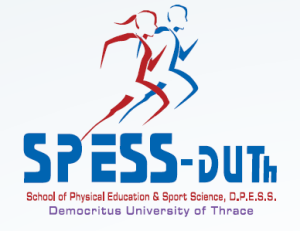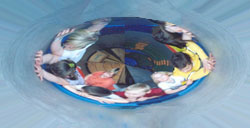The effects of Psychomotor Intervention, on Visual-Motor Control as a Graphomotor aspect in preschool age.
The aim of the current research was to study the effects of a Psychomotor Intervention Program (PIP) targeting to the improvement of spatiotemporal awareness on visual-motor control. The sample consisted of 84 preschool children, aged 53-75 months (M=66.95 months, SD=1.31) divided into experimental group (EG, n=42) and control group (CG, n=42). The CG followed the typical physical activities program of the kindergarten, while the EG aside from that program, participated in the PIP, consisted of 51 sessions. The eight items of the 7th subtest of the Bruininks-Oseretsky Test of Motor Proficiency (BOTMP-Bruininks, 1978) were used for the assessment of the visual-motor control. A two–way MANOVA model for repeated measures was used for data analysis. Results showed that after the PIP, the children of the EG significantly improved both their total visual-motor control scores and their scores in the half of items tested. On the contrary, the children of the CG did not showed significant differences between the pre- and the post-measurement scores in any item or in the total visual-motor control score. Preschool educators should take into consideration that the implementation of PIP contributes not only to the improvement of children‟s general motor proficiency but also to the development of concepts essential for the school readiness.






